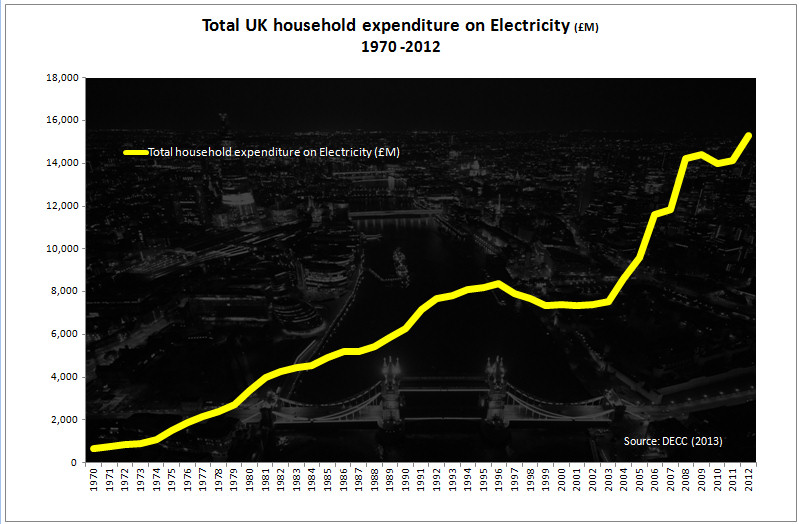The energy-efficient lamps paradox
Spiraling domestic energy bills are fueling the demand for energy-efficient lighting. Lighting developments mean that the proportion of household expenditure on elctricity is reducing but lighting remains a target for both consumers and governments.

Recent research shows nearly nine in ten households are regularly buying energy-efficient lamps but there are obstacles to overcome if this market is to reach its full potential.
Consumers face real problems when choosing energy-efficient replacements. Two pieces of research published recently highlight the tension between a growing consumer demand for energy-efficiency and the quality of what’s often available . There is a real appetite for energy-efficient lighting. At the same time, there is concern over the quality of some of the energy-efficient lamps on the market. This blog post looks at the tension in the replacement lamp market
Consumers are increasingly buying energy-efficient lamps
The Energy Saving Trust highlights the demand for these energy-efficient lamp replacements. Figures published on the Energy Saving Trust website show 88% of UK households now always or often buy energy-efficient Compact Fluorescent (CFL) replacement lamps. This puts the UK in the top 5 of European countries.
A smaller proportion (33%) always or often buy LED lamps. The UK is also slightly more behind a number of European countries coming 6th in the list. The Energy Saving Trust report goes on to highlight the potential savings, £1.4 Billion per year on electricity bills by using replacement CFLs and LEDs.
Concerns over quality
People buy CFL lamps because they’re efficient and relatively cheap. Yet few people love them. CFL has rightly got a name for poor colour, slow warm up times and difficult dimming. LED is a vastly superior energy-efficient lamp type yet even here there are concerns over quality.
This week the Mail online reported on Which’s test on replacement LEDs. The pan-european report concluded that a quarter of the products tested did not meet claims of a 15,000 hour life. Some even fell below the new EU minimum life requirement of 6000 hours which comes into force in March 2014. Consumer concerns about failing LED lamps and a perception of poor or “cold” light may well be hampering the take-up of this light source.
High quality LEDs deliver both energy efficiency and great light
The good news for the consumer is that is doesn’t have to be like this. It’s possible to achieve both energy efficiency and great light using energy-efficient lamps. The products at the upper end of the market perform as advertised. They offer good colour rendering, a warm light colour (from 2,700K) and deliver their promised energy savings.
The consumer isn’t well-served in this market. There is too much jargon and too little advice. Brilliant is developing a number of initiatives to make buying high-quality LED lighting easier and more reliable. We’re really excited about the developments coming along andwe’ll share more information in the next month or so. In the meantime, if you want to speak to any of our lighting experts about working or designing with energy-efficient light sources, then please get in touch with us here.
